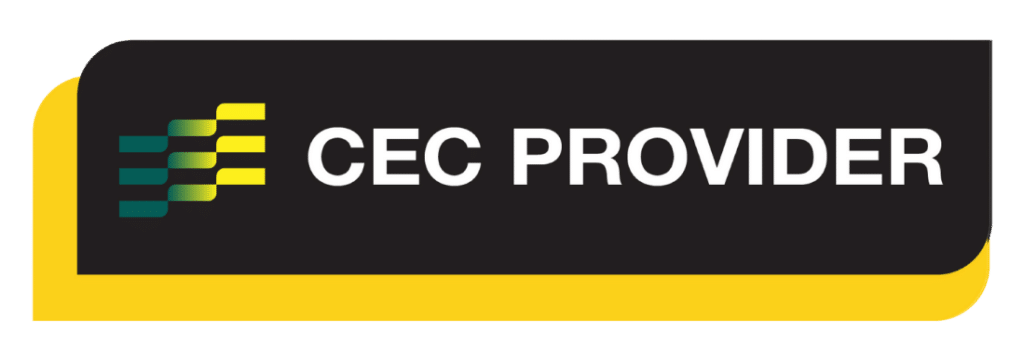Reformer Repertoire
Foot Work:
Parallel Heels
Alternate Names
N/A
Derived From
Classical Reformer: Footwork III Heels
Primary Element
Stability
Why for Primary?
The Footwork series continues to warm up and prepare the body for what is to come by further developing pelvis stability and continuing to use the larger muscle groups of the legs.
Can the legs move independently of the pelvis? Keeping the pelvis still and moving the legs is the aim here, creating and testing the stability of the pelvis.
In addition it relates to reflexology as the sole of the foot positioning links to specific organs of the body (Clain Pilates, 2002).
Secondary Element
Strength
Why for Secondary?
To strengthen hip extensor muscles (hamstrings) and knee extensor muscles (quadriceps) and to help align the ankle, knee and hip joints.
Tertiary Element
Mobility
Why Tertiary?
The hip, knee and ankle joints are all working here, although not always through their full range of motion.
Repetitions
8-10
Apparatus Setup
Suggested springs
- Number system: 3 springs
- Colour system: 3 x red springs
- Resistance: medium to heavy
Head rest position flat unless any neck issues or the client feels more supported with the head lifted
Foot bar one position down from vertical, or on many Reformers the top angled position
Plane of Motion
Sagittal
Targeted Muscles
To create, develop and connect with the pelvis stabilisation muscles the focus is gluteus medius and gluteus maximus and the deep abdominal muscles transversus abdominis.
To work on strengthening the leg muscles the focus is on the below
The ‘knee extensors’ or quadriceps muscle group of the anterior thigh facilitate the pressing down of the pedal creating a concentric contraction. They comprise
- Rectus femoris
- Vastus intermedius
- Vastus medialis
- Vastus lateralis
The ‘hip extensors’ or hamstrings muscle group of the posterior thigh facilitate and control the return phase of the movement creating an eccentric contraction. They comprise
- Biceps femoris
- Semitendinosus
- Semimembranosus
Warnings
Not suitable for some knee and ankle pathologies, or if the client is unable to work in a pain free range of motion during the exercise.
Execution
Lie supine on the Reformer in a neutral pelvis position with the heel of each foot on the foot bar in line with the ASIS (hip bones), feet flexed. Arms positioned beside the body with the shoulders squared against the shoulder blocks.
Exhale to draw in the abdominal muscles and straighten the legs, extending the hips and knees while maintaining stability in the pelvis and torso. Inhale bend the knees and flex the hips, return towards the stopper or park, without stopping the movement.
Observations
Do a body scan of the client taking note of the following points
- Pelvis
- Are the hip bones even horizontally or is the client hitching, leaning towards or biasing one side?
- Can the client move their thighs in and out without the pelvis moving?
- Legs
- Are the knees dropping inwards? Have the client work with a loop resistance band above the knees to assist with abduction. Note the feet might sit slightly wider apart
- Feet
- Are the insides of the feet lifting or leaning outward? (supinated)
- Are the insides of the feet rolling inward? (pronated)
- Apparatus
- Is there tension on the springs the whole time? Or is the pedal crashing to the stopper or ‘park’ indicating a lack of control and a push by the client beyond their ideal range of motion? If the carriage is crashing encourage the client to reduce their range of motion and slow their movement down to focus on controlling the return phase, or reduce the spring load so the client can control the springs.
Learning Style Technique Cues
Auditory – word associations that connect mind and body
- The aim is to keep the pelvis still whilst the legs are moving
- Say the client’s name when you’re about to interact with them
Visual
- Imagine a Pelvic Curl movement where the bottom is getting closer to the heels to help connect into the back of the thighs or hamstrings on the return phase of the movement
- Imagine a TheraBand connecting the heels to ischial tuberosities (sit bones), as the legs straighten the band stretches creating internal resistance
- You may demonstrate a part of the movement as a visual representation for the client to see
Kinaesthetic
- As you press the legs straight feel the abdominals and centre of the torso engage
- Try not to collapse the torso as you bring the carriage in
- Try to match the resistance of the springs by pressing the heels down into the foot bar on the return phase
- Maintain the press of the heels into the foot bar as you bring the carriage to the stopper
Modifications and Variations
Regress the exercise by
- Reducing the spring setting to two red and one blue springs to connect into the pelvis stability component of the exercise, practice deep core muscle activation, and reduce the leg load
- Reduce repetitions and/or pace
- Reducing the range of motion so the client can focus on pelvis stability without the hip flexors taking over. Create more of a pulse movement from the extended leg position half way into the stopper to avoid going into deep hip flexion on the return phase
- Adding a loop resistance band above the knees and having the client abduct the legs in order to assist in maintaining hip, knee and ankle alignment, and engage gluteals. The telltale sign will be the knees dropping inwards indicating a lack of abduction.
Progress the exercise by
- Increasing the spring settings to three red and one blue springs
- Placing a slightly deflated Pilates ball or instability prop under the pelvis to further challenge pelvis stability
- Progressive Repertoire to work towards
- Foot Work : Parallel Arches
- Foot Work: Parallel Heels – Single
- Wunda Chair Foot Work: Parallel Heels
Series and Transitions
This exercise is part of the Foot Work series which includes a range of other foot positions in doubles, and also singles in the progressive repertoire. The Foot Work series can also be found in the Wunda Chair repertoire and the Cadillac repertoire.
Transition to the second Foot Work exercise by lifting the heels off of the foot bar in one movement, and placing the arches of the feet onto the foot bar ready for Foot Work: Parallel Arches
Alternatively transition to Foot Work: Parallel Heels – Single for a Fundamental to Progressive programme by lifting one leg to tabletop and continuing with the movement on one leg.

